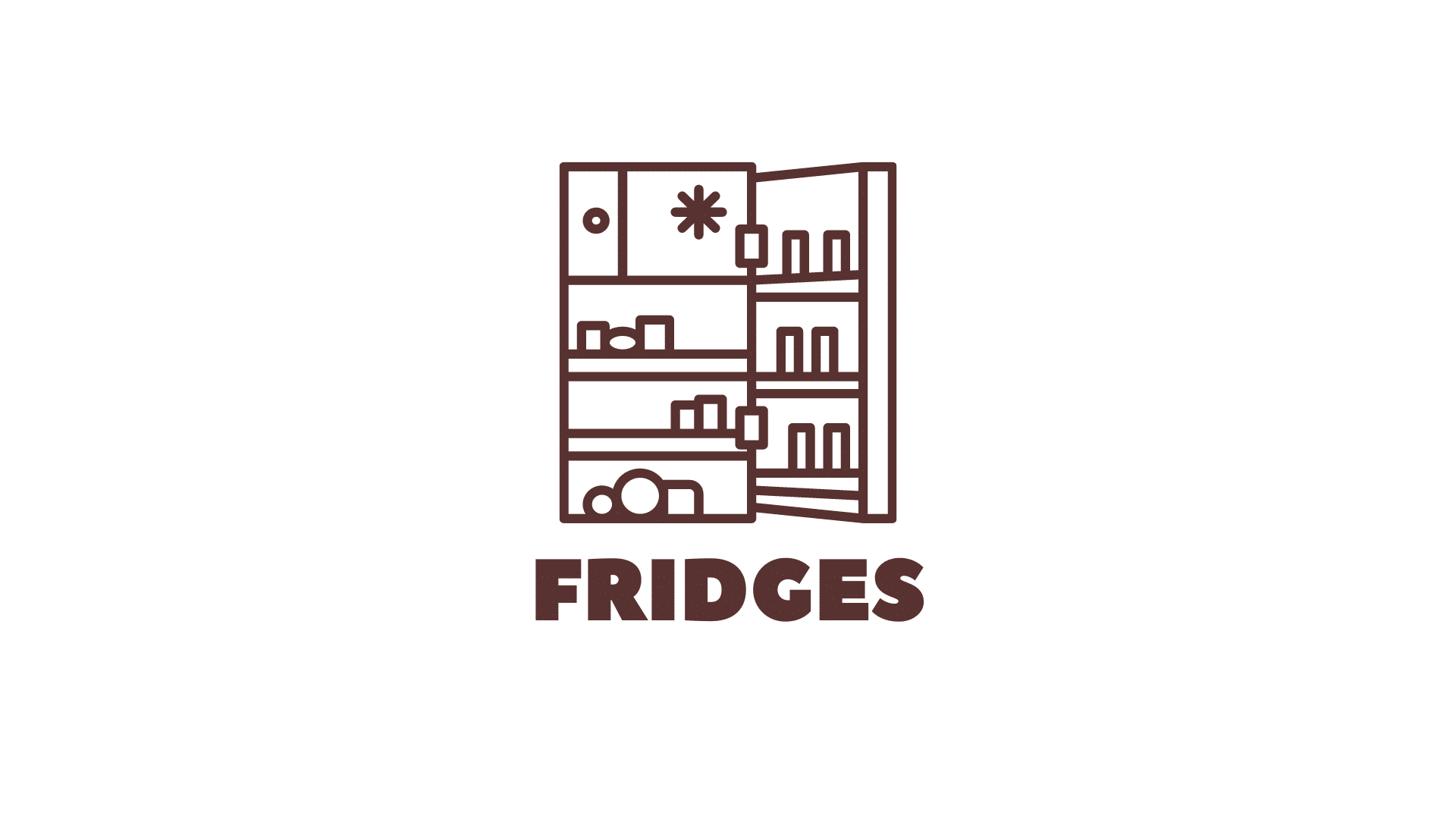Author of the blog. I am passionate about the calling to be a homemaker, and local, family-owned businesses.
Latest posts by Grace (see all)
- How to Make Ramen in the Microwave - July 1, 2025
- El Torito Corn Cake Recipe - July 1, 2025
- Air Fryer Frozen Fish Fillets No Breading - July 1, 2025
This page contains all the resources I have on refrigerators: how to plan your food storage layout, how to choose a good fridge, to use one effectively, or whether you need a separate freezer or not.
People Ask
What is a refrigerator?
A refrigerator is an appliance that cools the temperature of food and beverage through the process of transferring heat from the inside of the refrigerator to the outside, which maintains the inside cooled to a temperature below the room temperature. This prevents the growth of microorganisms and helps food and drinks stay fresh longer. To keep the food at an optimal temperature, you can adjust the refrigerator thermostat to the temperature between 1.7 to 3.3°C (35°-38°F) recommended as ideal. Refrigerators often include a freezer that can be used to store food at temperatures below 0ºC (32 ºF).
How does a refrigerator work?
A refrigerator consists of a refrigerant, a compressor, a condenser on the outside, an evaporator on the inside, and an expansion device. It works by causing the refrigerant circulating inside to change from a liquid into a gas.
This process starts when gas at low pressure and low temperature enters the compressor. The gas is compressed to a higher pressure and higher temperature and transferred to a condenser on the back of the refrigerator. The temperature of the gas is cooled by the ambient air and turned into liquid. The liquid is transferred to an expansion device inside where high pressure gets lowered and it goes back to gas.
This process starts when gas at low pressure and low temperature enters the compressor. The gas is compressed to a higher pressure and higher temperature and transferred to a condenser on the back of the refrigerator. The temperature of the gas is cooled by the ambient air and turned into liquid. The liquid is transferred to an expansion device inside where high pressure gets lowered and it goes back to gas.
How much power (amps and watts) does a refrigerator use?
An average refrigerator draws 725 watts and uses around 15-20 amps. Smaller models typically use about 350 watts, while larger ones use up to 780 watts. Energy Star-certified refrigerators use about 20 % less electricity than other models. While with other kitchen appliances you can save power by turning them off when you are not using them, this cannot be applied to the refrigerator. This is why the refrigerator is the second-largest user of electricity in most homes. However, they do not use up energy continuously; they draw power when the compressor needs running or when the device is exposed to room temperature.
What is a counter depth refrigerator?
The two most common types of refrigerators are standard depth refrigerators and counter depth refrigerators. Counter-depth is the distance between the wall and the front of the kitchen countertops. A counter-depth refrigerator is designed to be more space-efficient and they are usually taller than the standard ones while being perfectly aligned with the edge of your kitchen countertops. While standard models take up more space, choosing a counter depth refrigerator provides more room in your kitchen and gives your kitchen a more uniform look. They come in all types like standard models – top freezer, bottom freezer, French door, or side-by-side.
How deep is a counter depth refrigerator?
Counter-depth refrigerators are mostly 24-25 inches deep, which is the depth of an average distance between the kitchen back wall and the front of your countertop. Standard models are ranging from 30 to 36 inches, while the counter depth refrigerators range from 25 to 30 inches. This allows more space and makes it easier to move around the kitchen. They are usually higher and wider than the standard models to be able to achieve the same capacity. In order to ensure that the counter depth refrigerator fits, it is important to measure your space correctly, but expect the refrigerator to be slightly oversized to allow doors to easily open.
How does a propane refrigerator work?
A propane refrigerator works using propane as its primary energy source and a series of chemical processes involving ammonia, hydrogen, and water. The process starts when a propane flame heats a chamber holding a solution of water and ammonia until the liquid boils and the ammonia gas gets to the condenser. In the condenser, it cools back into a liquid and then gets to the evaporator, where it is combined with hydrogen gas. Their reaction produces cooling and ammonia is turned into a gas again and it is combined with water and transferred to the generator where the process starts again.
Which Refrigerator Should I Buy?
You can find the best deals on refrigerators on Wayfair.

